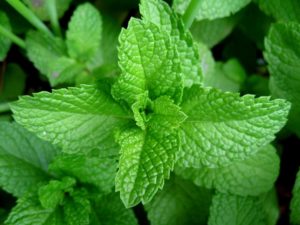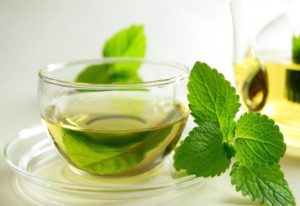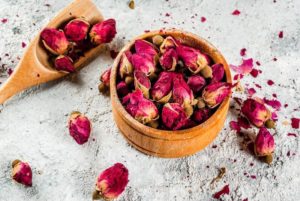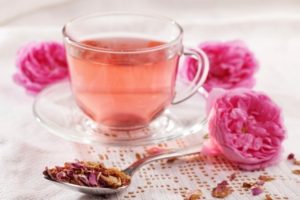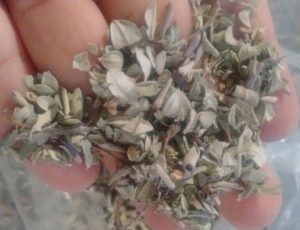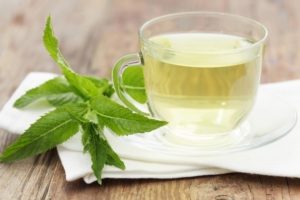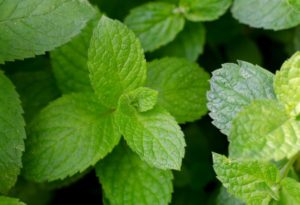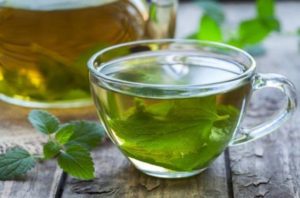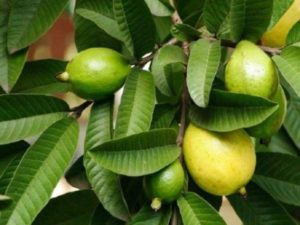El romero (Rosmarinus officinalis) es un arbusto aromático originario de las costas rocosas del Mediterráneo y del Cáucaso. Es un arbusto que puede llegar a alcanzar un metro y medio de altura. Posee muchas hojas finas y unas flores que pueden ser azuladas, blanquecinas o rosáceas. Tiene un sabor fuerte con aromas de alcanfor, pino, nuez moscada y lavanda.
Es conocido y utilizado desde épocas antiguas como condimento y con fines medicinales gracias a las múltiples propiedades.
Es una planta muy rica en principios activos y posee numerosas propiedades medicinales, entre otras, es antiséptico, antiespasmódico, aromatizante, depurativo, colagogo –facilita la expulsión de la bilis–, diurético o hipotensor.
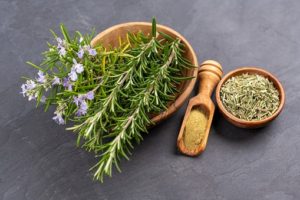
MÁS PROPIEDADES DEL ROMERO
Efecto carminativo: favorece la disminución de la generación de gases en el tubo digestivo y con ello disminuyen las flatulencias y cólicos.
Efecto digestivo y estimulante estomacal.
Efecto antiinflamatorio, antiulcerogénico y antioxidante.
Efecto bactericida, fungicida y balsámico.
Efecto rubefaciente y cicatrizante: aumenta el flujo de sangre en la zona localizada aliviando dolores de afectaciones osteomusculares.
Además, el romero también ayuda en los siguientes casos:
- Aerofagia, sensación de plenitud gástrica, flatulencias, espasmos abdominales.
- Afecciones osteomusculares dolorosas: artritis y artralgias.
- Afectaciones bucofaríngeas: faringitis y estomatitis.
- Afectaciones dérmicas: dermatitis o lesiones cutáneas.
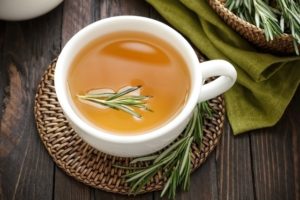
Siempre es bueno estar informado al 100% y consultar con tu médico de confianza antes de tomar cualquier suplemento.
Producto 100% natural, su uso está destinado al consumo como alimento.
EL CONSUMO DE ESTE PRODUCTO ES RESPONSABILIDAD DE QUIEN LO RECOMIENDA Y DE QUIEN LO USA
REFERENCIAS
1) Rosmarinus officinalis L. (rosemary) as therapeutic and prophylactic agent.
de Oliveira JR, Camargo SEA, de Oliveira LD.J Biomed Sci. 2019 Jan 9;26(1):5. doi: 10.1186/s12929-019-0499-8.PMID: 30621719 Free PMC article. Review. Rosmarinus officinalis L. (rosemary) is a medicinal plant native to the Mediterranean region and cultivated around the world. …Thus, in vivo and in vitro studies were presented in this Review, approaching the therapeutic and prophylactic effects of R. officinal …
2) Anticancer Effects of Rosemary (Rosmarinus officinalis L.) Extract and Rosemary Extract Polyphenols.
Moore J, Yousef M, Tsiani E.Nutrients. 2016 Nov 17;8(11):731. doi: 10.3390/nu8110731.PMID: 27869665 Free PMC article. Review.
Borges RS, Ortiz BLS, Pereira ACM, Keita H, Carvalho JCT.J Ethnopharmacol. 2019 Jan 30;229:29-45. doi: 10.1016/j.jep.2018.09.038. Epub 2018 Oct 2.PMID: 30287195 Review.
ETHNOPHARMACOLOGICAL RELEVANCE: Plant species Rosmarinus officinalis L. (Lamiaceae; Synonyms: Salvia rosmarinus Schleid. and Rosmarinus angustifolius Mill.) is a herb widely used worldwide. …MATERIALS AND METHODS: The research was performed using the …
4) Pharmacological and biotechnological advances with Rosmarinus officinalis L.
Neves JA, Neves JA, Oliveira RCM.Expert Opin Ther Pat. 2018 May;28(5):399-413. doi: 10.1080/13543776.2018.1459570. Epub 2018 Apr 10.PMID: 29633892 Review.
INTRODUCTION: Rosmarinus officinalis L. is an aromatic plant with a number of biological properties. …The objective of this study was to perform a systematic review on R. officinalis essential oil for its pharmacological properties and biotechnological appl …
5) Rosemary (Rosmarinus officinalis) as a potential therapeutic plant in metabolic syndrome: a review.
Hassani FV, Shirani K, Hosseinzadeh H.Naunyn Schmiedebergs Arch Pharmacol. 2016 Sep;389(9):931-49. doi: 10.1007/s00210-016-1256-0. Epub 2016 May 13.PMID: 27178264 Review.
Recently, there has been an increasing interest in the use of herbs and natural compounds in prevention and treatment of diseases and a large number of published articles have focused on this issue. Rosmarinus officinalis L. or rosemary (Lamiaceae) is a rich source …

